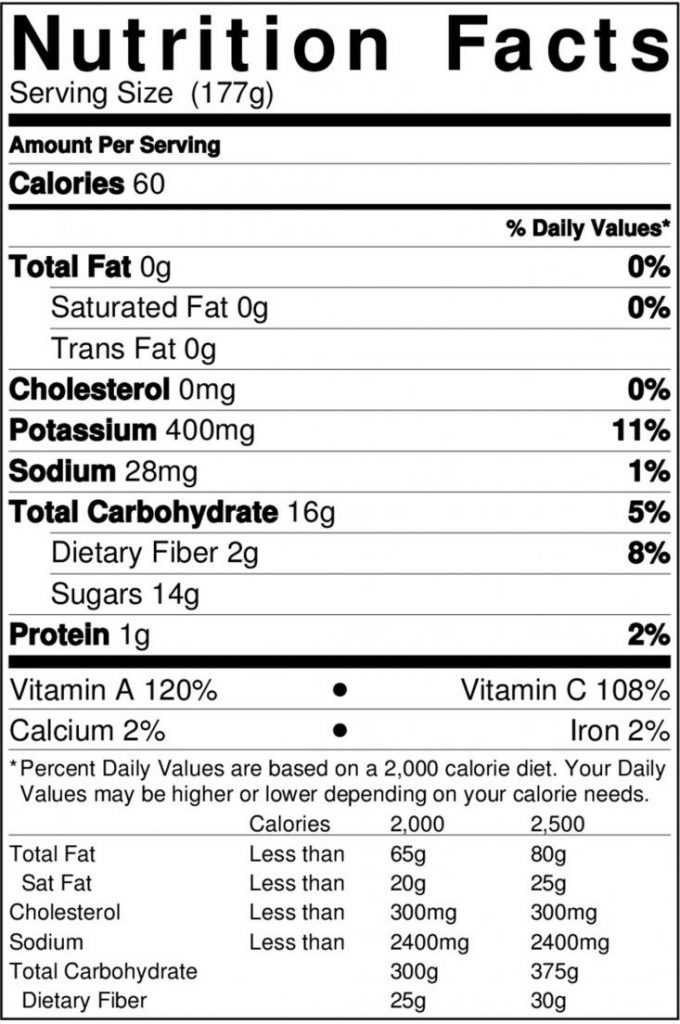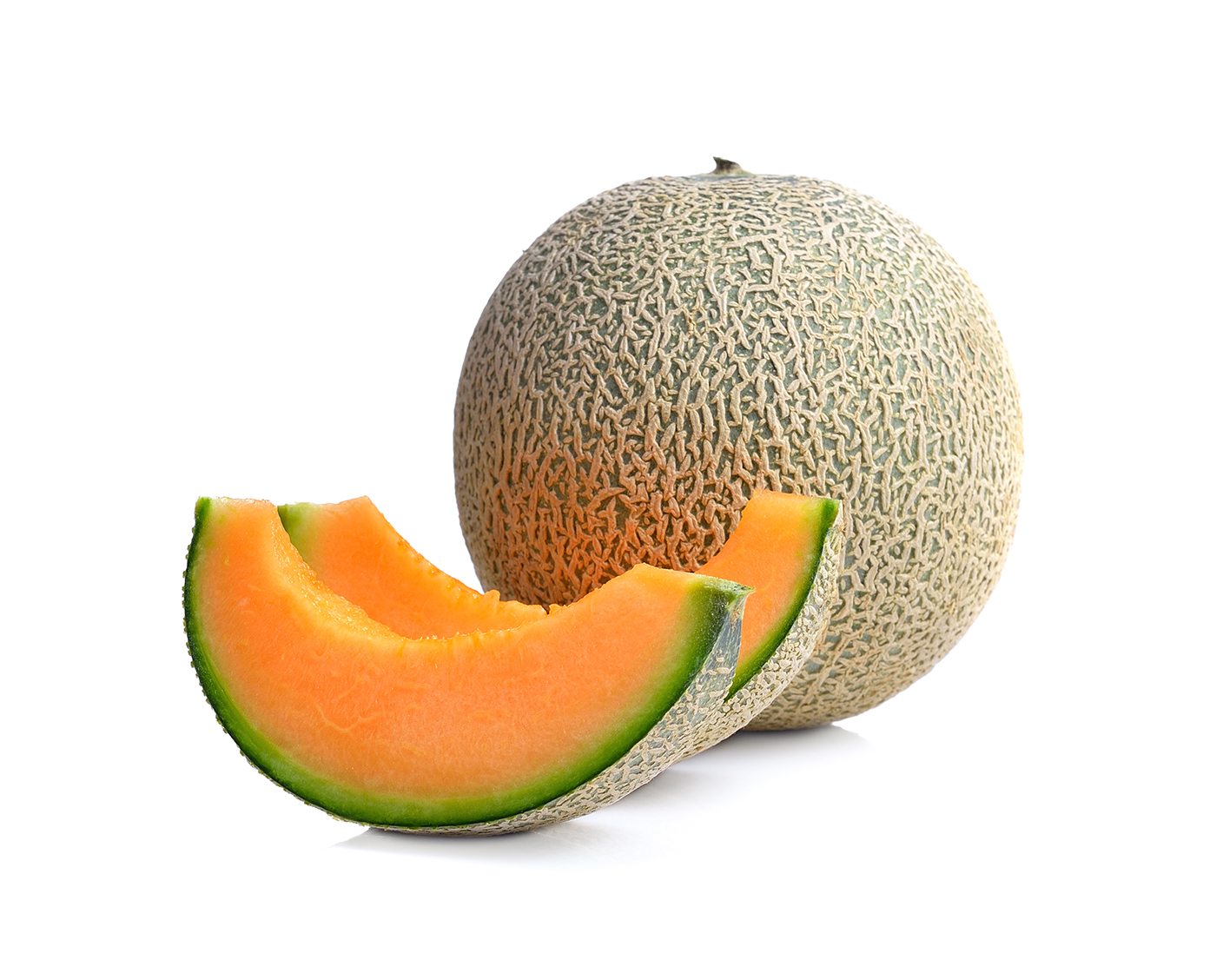Cantaloupe is one of the small groups of fruits that are quite easy for most people to palate. It’s one of the most common fruits to be included on any fruit platter and let’s be honest; children don’t usually shy away from it – a huge reason to be a cantaloupe fan. In the United States, June through August is the peak season for the fruit. The rest of the year, it is typically shipped in from South America or the like. When at its peak, the fruit should be heavy to hold, firm to the touch, and on the tan/slight yellow side rather than green. Arm yourself with these basic tips, and you will likely take home the pick of the pack!
Cantaloupe
Now, let’s get to the good part – the light orange internal flesh that is sweet and juicy as can be! We must note the center cavity is filled with seeds, and these should be spooned out first and foremost. The flesh is all we need when it comes to cantaloupe.
Cantaloupe is considered a muskmelon – a species of melon that is part of the gourd family. Other members of fruit and vegetables, which are considered muskmelons, are squash, watermelon, pumpkin, zucchini, etc. Just like its family members, cantaloupe boasts quite loud in the nutrition department. Perhaps the most important to note is the beta-carotene content. Get this – as discovered and noted by the United States Department of Agriculture (USDA), cantaloupe has MORE beta-carotene than apricots, grapefruit, oranges, peaches, tangerines, nectarines, and mangoes! Think of all that deeply orange-fleshed fruit – and cantaloupe blows them all out of the water with these carotenoid pigments. We know carotenoid pigments convert into vitamin A or are used as antioxidants that gravitate towards fighting free radicals in our bodies, which is extremely necessary. Following in the footsteps of beta-carotene, vitamin C, folate, fiber, potassium, and many vitamins and minerals stand strong in the nutritional value of the fruit.
Recently, we have written up on a lot of high water content centered fruits – and cantaloupe slides right on in as a perfect fit on the scale at almost 90 percent water. Just like watermelon and cucumbers, for example, consuming cantaloupe helps you stay hydrated without just drinking plain water. This is often a great hack for parents who can’t get their little ones to drink their daily water intake. Sweet pieces of fruit such as cantaloupe or watermelon will distract children with their powerful flavor and texture, all while they are consuming a high water intake and packed nutrients.
We can sum up cantaloupe comfortably, knowing it isn’t a complicated commodity. It’s not interwoven with complex compounds and minute details that we need to break down. It comes down to an outer hard rind with an inner sweet and smooth light orange flesh – made up of water and a list of nutrients that the human body craves to function.
Cantaloupe is what we love to call a win-WIN-win-WIN!


Western Veg-Produce, Inc.
PO Box 82217
Bakersfield, CA 93380
Office: 1-800-WVegPro (983-4776)
Fax: 1-661-637-2365
Sales: sales@wvegpro.com
Accounting: accounting@wvegpro.com


